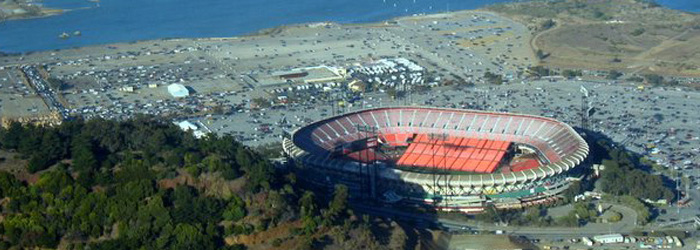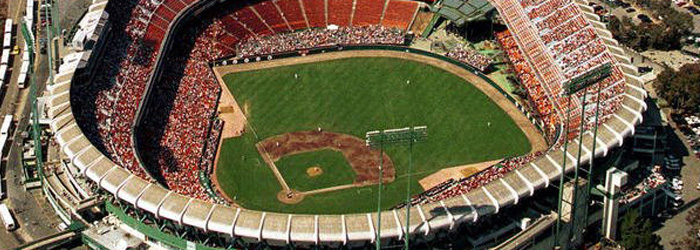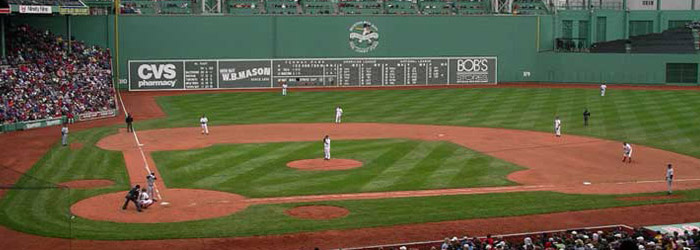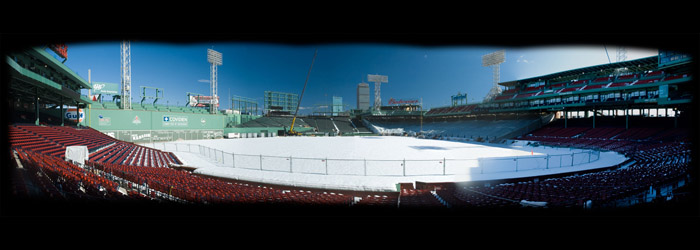









The Chicago chapter of the Baseball Writers Association of America (BBWAA) established an award recognizing the major leagues' top rookie following the 1940 season, selecting Lou Boudreau for the honor. This procedure continued for six more years before going national. The subsequent winners of the Chicago chapter's award were Pete Reiser (1941), Johnny Beazley (1942), Bill Johnson (1943), Bill Voiselle (1944), Boo Ferriss (1945), and Eddie Waitkus (1946).
The Sporting News began naming its own Rookie of the Year in 1946 with the selection of Del Ennis. The award has competed with the BBWAA award ever since. In 1949 the News began recognizing a winner from each league and in 1957 it began selecting both a rookie player and a rookie pitcher of the year for each league. In 1947, 33 baseball writers were asked to name five rookies in order of preference, with votes distributed on a 5-4-3-2-1 basis. Jackie Robinson became the first nationally recognized winner of the BBWAA Rookie of the Year Award, or the J. Louis Comiskey Memorial Award, as it was called. Finally, during the 1987 Hall of Fame induction ceremony, Commissioner Peter Ueberroth marked Robinson's 40th anniversary by announcing that the Rookie of the Year Award would be officially known as the Jackie Robinson Award.
In 1948, 48 writers took part in the award, this time naming only a single candidate on each ballot. A year later the BBWAA began the process of choosing a top rookie in each league. Three writers from each league city, the same journalists who decided on the MVP Awards, participated in the voting. Each voter was free to use individual judgment as to the eligibility of rookie candidates, which created some problems, especially in 1950 when Al Rosen, and his league-leading 37 homers, was ignored by Rookie of the Year voters.
Apparently they felt that Rosen's 58 previous major league at bats were tantamount to veteran status, while winner Walt Dropo's 41 previous at bats were not.
In 1957 formal guidelines were finally established for determining rookie status. A player could not have accumulated more than 75 at bats and 45 innings pitched, or could not have been on a major league roster between May 15 and September 1 of any previous season.
Shortly afterward, the guidelines were changed to 90 at bats, 45 innings pitched, or 45 days on a major league roster before September 1. Finally, in 1971, the guidelines were set at 130 at bats, 50 innings, or 45 days on a roster.
On several occasions, especially in the early days of the award, some Rookie of the Year voters didn't bother to exercise their franchise. In 1961, as with the MVP Award, the number of voters was reduced from three to two writers from each league city.
Following two tie votes in four years (1976 NL, 1979 AL), the writers adopted the system used in Cy Young Award balloting: naming three rookies on each ballot, in order of preference, with votes distributed on a 5-3-1 basis. This system began in 1980.
The maximum possible point total available to Rookie of the Year candidates was 165 in 1947, 48 in 1948, and 24 in each league from 1949 to 1960. In the National League, it was 16 in 1961, 20 from 1962 to 1968, 24 from 1969 to 1979, 120 from 1980 to 1992, and 140 from 1993 to the present. In the American League, it was 20 from 1961 to 1968, 24 from 1969 to 1976, 28 from 1977 to 1979, and 140 from 1980 to the present.
There have been 11 unanimous Rookie of the Year selections since 1947: Frank Robinson (NL, 1956), Orlando Cepeda (NL, 1958), Willie McCovey (NL, 1959), Carlton Fisk (AL, 1972), Vince Coleman (NL, 1985), Benito Santiago (NL, 1987), Mark McGwire (AL, 1987), Sandy Alomar (AL, 1990), Mike Piazza (NL, 1993), Tim Salmon (AL, 1993), and Raul Mondesi (NL, 1994). Technically, Tony Kubek's 1957 AL selection was also unanimous, as the lone dissenting vote went to an ineligible player.